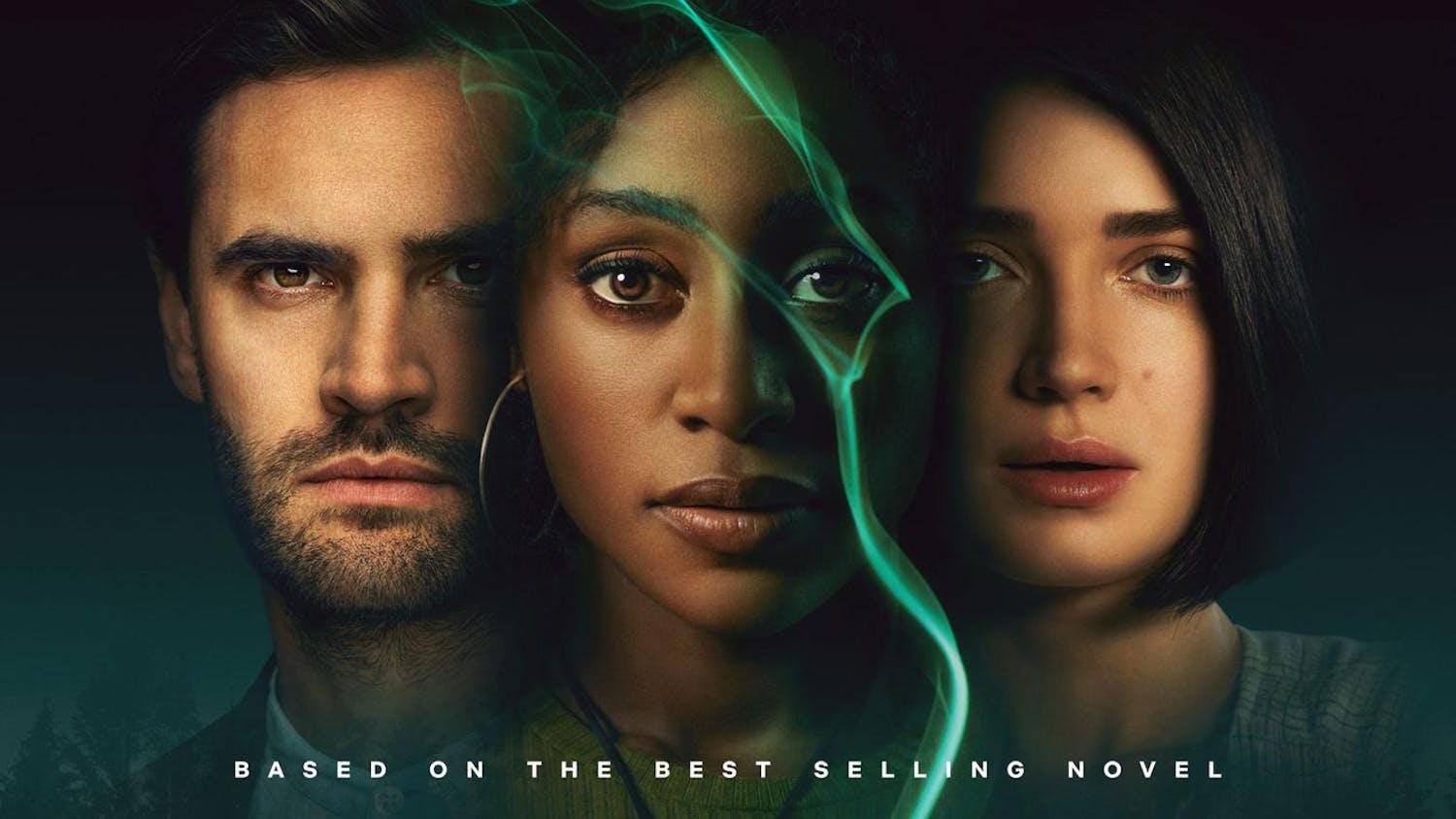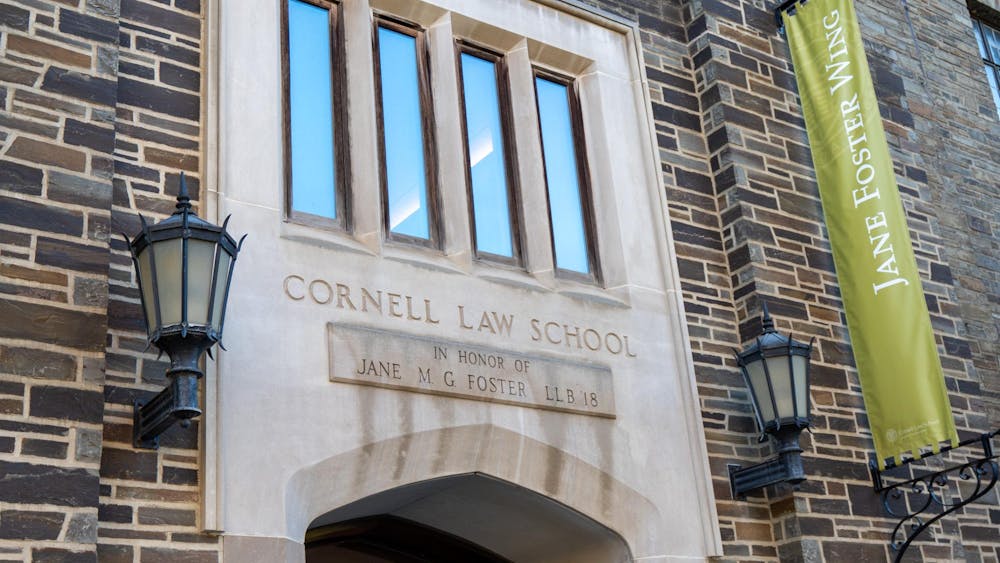“Unsung Heroes” is a senior thesis done by Aiza Ahmed B.F.A. ’20, created in order to cast a light on those in society who tend to be left in the dark. The utilization of lines and color are two of the most prominent mediums Ahmed uses to convey her message about these people from her hometown in Lahore, Pakistan.
“My initial inspiration came from the streets in my home … the people whom I saw wandering … were predominantly men, performing their ordinary, daily routine … I felt like they did not receive the amount of recognition and acknowledgement as they should have, perhaps because the tasks were ‘ordinary.’ As a result, this body of work aims to celebrate these men, the ‘unsung heroes.’” — Aiza Ahmed.
The exhibit consisted of 14 different portraits conveying different men completing various labor-intensive tasks on a typical day. From selling bananas to driving a rickshaw, the workers in these canvas creations articulate those not as well off in society as others. Ahmed’s intention in centering these members of society is to “bridge the gap” between social classes, despite the persistent inequality visible both in her community and in many cities with an expansive industrial nature.
When asked about why she chose to specialize in lines and color as opposed to shape, detail or contrast, Ahmed replied, “Color means a lot to me — color has the power and ability to convey emotion, attract attention ... it can be incredibly bold.” Ahmed also later said, “[I am] very influenced by my Pakistani culture – which tends to be very bright, warm, loud ... I have a natural fascination with color and have been using it as a tool to explore emotion and the human figure as well as how it affects the viewer’s interpretation of the individuals I portray.”
Complementary of the vibrant and often dichromatic portraits, Ahmed also had an exquisite oversight of the orientation of lines as a way to recount detail in certain parts of the scene. Utilizing a combination of meticulous and swift brushstrokes, the artist explained, “‘mark making’ [can] convey great meaning,” before further stating that “[I am] thinking about the intersection between drawing and painting — ‘drawing with paint’ — the formal element, line, lent it itself to that.”
In relation to the actual subjects themselves, Ahmed wanted to move toward a shift in perspective in her art that had not been articulated in such a way before, describing this exhibition as a means to “explore ways in which I could activate the surrounding space as well as the activity the figure engaged in ... it has been exciting to create a ... narrative in which it is not only the figures that play a central role, but also the objects they interact with.”
Ahmed had an interesting interpretation of working in her hometown, as the entire exhibit was comprised solely of men doing these various and somewhat systematic tasks. When questioned on her usage of such subjects, she mentioned what she found most fascinating about these working people were their physical features and the implications surrounding such characteristics. As many of them were older men, they had similar traits such as beards and wrinkles, encompassing a “sense of wisdom and age and wanting to learn from the hardships they may have experienced in life.”
This ultimately leaves the viewer with the clearest question after slowly completing a full rotation around the exhibition room in Olive Tjaden Hall after a balmy walk across the Arts Quad: Where are the women? Why aren’t there any women included in the exhibit? Ahmed responds to this question with a coherent and contextual answer, saying that “women [are not seen] in such roles in public spaces; they largely engage in behind-the-scenes, cottage industries, that I don’t have access to in the same way I can simply walk into a market or wander the streets.” The artist makes it clear how our views of “heroes” can be construed and socially constructed, and how we have more strides to make if we want women to start appearing as heroes before they are seen as the opposite. This is done so in such a mesmerizing way, showing the intersection of politics and modern art as we see it. She dichotomizes this idea while also showing the clear distinction between the two that we — as consumers of mass information in the modern digital age — seem to brush off, just as Ahmed did with such effortless grace in this depiction of humaneness. “Unsung Heroes” is truly successful in how it praises those who often do not get the cognizance from society that they more than deserve.
Tyler Brown is a sophomore in the College of Engineering. He can be reached at tlb239@cornell.edu.











